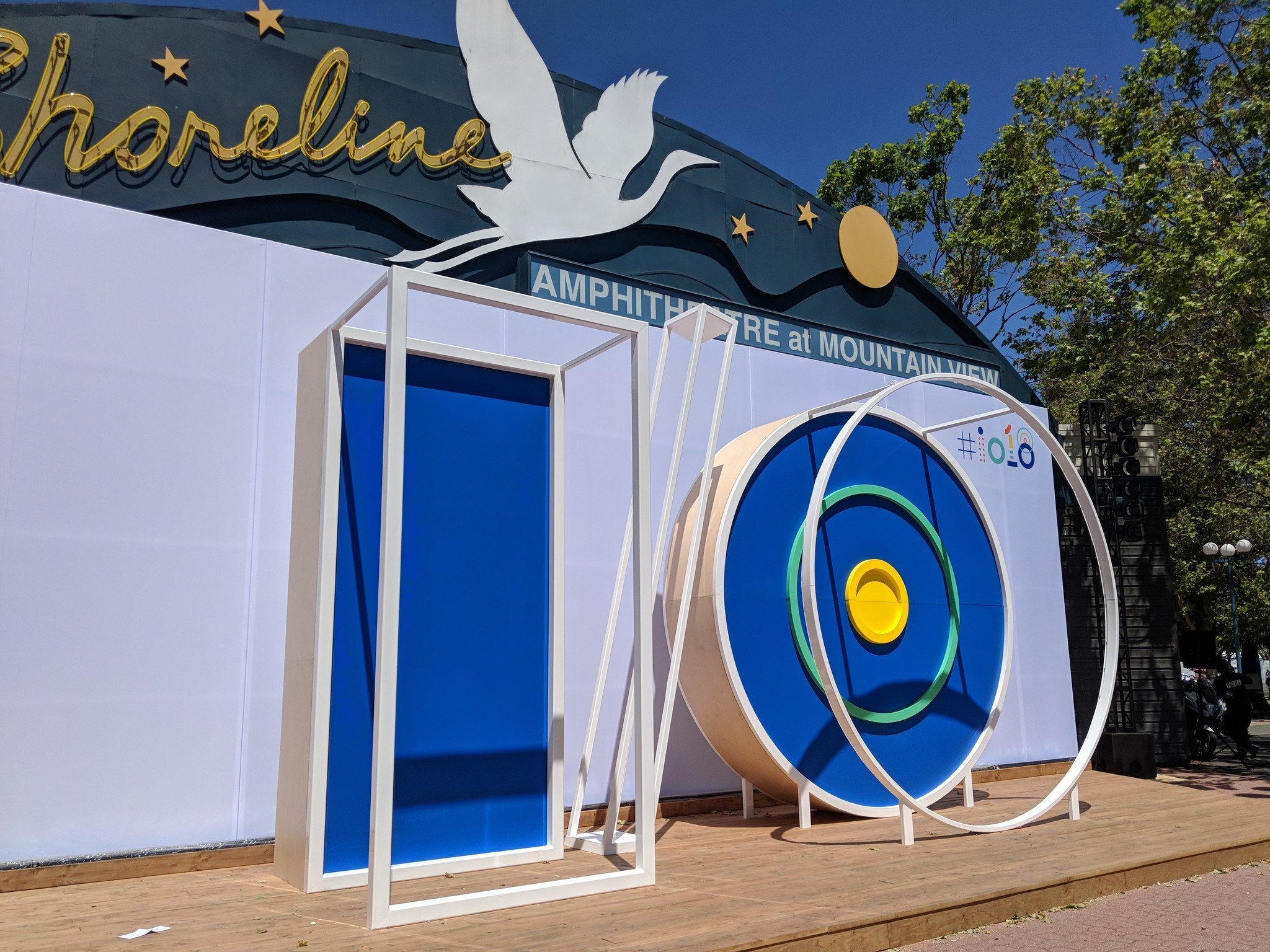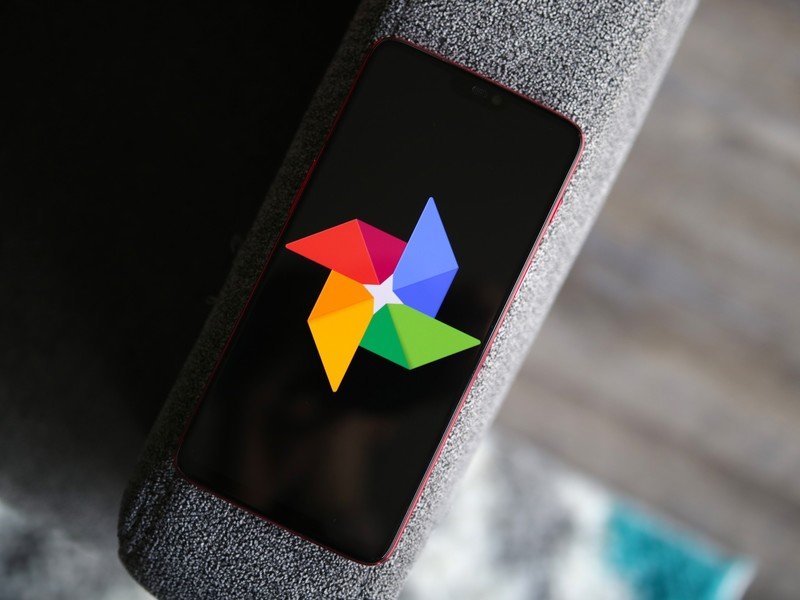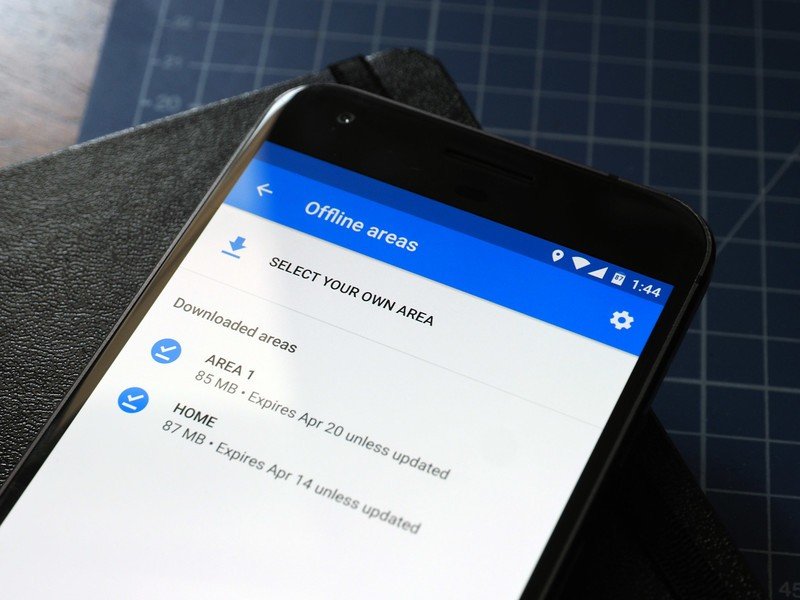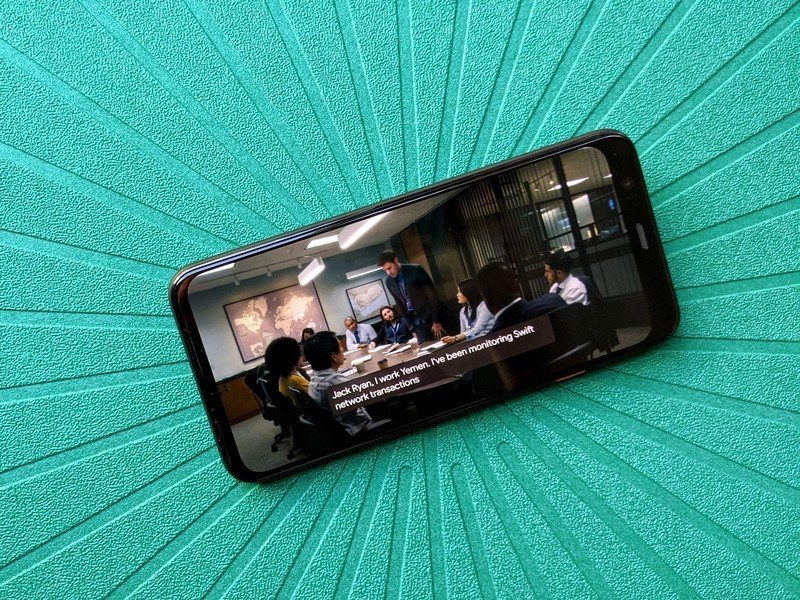Top 5 features announced at Google I/O in the last five years

If you're an Android fan, May is usually a super exciting month. It's when Google I/O takes place, which is Google's big developer conference where we learn all about the latest version of Android and other projects the company is working on.
This year, however, things are different. Google I/O 2020 was canceled as a result of the global health pandemic our planet is facing, meaning no big and flashy event like we're used to.
In light of that, we thought it would be fun to take a look a the last five years of I/O announcements and call out the five biggest ones. Without further ado, here's what sticks out to us the most!
Google Photos (2015)

Today, Google Photos is established as one of the best products from Google in years. It's featured-packed, free to use, and pretty much the best place for cloud photo storage. Given all of that, it's hard to believe it's only been around for five years.
Google Photos was first unveiled at I/O 2015 with the promise of unlimited cloud storage for pictures and videos. The best part? It was absolutely free.
In addition to having a place to access all of your digital files, Google Photos also introduced a few smart features for helping you organize your images, identifying certain people, and more.
Offline Google Maps (2015)

Another highlight announcement from Google I/O 2015 was that of offline downloads for Google Maps. Maps was already seen as the go-to app for turn-by-turn navigation, and by being able to download certain areas, you were able to keep using it even with a weak or nonexistent internet connection.
Get the latest news from Android Central, your trusted companion in the world of Android
On top of navigation, the offline portion of Maps also allowed you to search for locations, see information about them, and check out user reviews.
Being able to download areas in Google Maps might be one of those features that you take for granted today, but back in 2015, it was a big deal.
Google Assistant (2016)

Building upon what it learned with Google Now, Google used I/O 2016 to unveil its evolution of the service with the Google Assistant.
The Assistant was first seen in the now-defunct Google Allo, operating as a helper for the messaging app. It could suggest pre-made responses, offer restaurant recommendations, tell you jokes, and a bunch more.
Google's hardware event in the Fall of that year would see the Assistant make its way to the first Pixel phone and Google Home speaker — two products that were instrumental in the digital helper's success. Even so, I/O is where the Google Assistant made its debut and where we were able to interact with it for the very first time.
Google Duplex (2018)
By the time 2018 rolled around, the Assistant had taken its place as one of the world's top voice assistants among the ranks of Alexa and Siri. At its I/O conference that year, Google showcased a new feature for the Assistant that made jaws drop all around the world.
What we're talking about is Google Duplex. You might not remember that name, but you sure as heck remember the demo for it at I/O 2018. It's the one where Duplex called a hair salon, booked an appointment for someone, and did so all while sounding like a real, living human. It even said "mm-hmm" and "um."
Duplex is now a real service that you can use in 48 states across the U.S., with it currently being limited to making restaurant reservations and ordering movie tickets online. Given how impressive the technology is, however, we wouldn't be surprised to see it expanded as time goes on.
Whether or not people are using Duplex the way Google had envisioned is unclear, but even so, there's no denying just how mind-blowing that first demo was.
Live Captions (2019)

Last but certainly not least, we have Live Captions. Live Captions was just announced at last year's I/O, but it already stands out as one of the best accessibility features Google's ever created.
The idea behind this is simple — turn on a toggle on your phone, and all spoken audio (whether it be a YouTube video, movie, TV show, etc.) is transcribed with real-time captions that are processed locally on your device without the need for an internet connection.
For people with a hearing disability, Live Captions makes it considerably easier to consume all types of content without having to hope and pray that the service you're watching a show on offers captions. It's one of those things that's always there and just works, and even if it's not something you've ever used, it's a game-changer for those that rely on it.
What say you?
Those are the five I/O announcements that we think are the most noteworthy, but what about you? Whether you agree with this list or think we missed something, drop us a comment down below and let us know what your top Google I/O moments are!
The iPhone SE doesn't need Android to be the perfect Google phone

Joe Maring was a Senior Editor for Android Central between 2017 and 2021. You can reach him on Twitter at @JoeMaring1.
